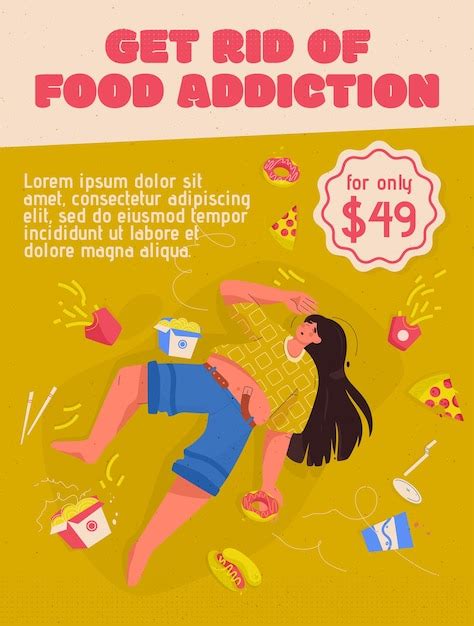Get Rid of That Food – Now! A Guide to Safe and Effective Food Waste Disposal
Food waste is a significant problem, impacting our environment and our wallets. Knowing how to properly dispose of unwanted food is crucial for both hygiene and sustainability. This comprehensive guide will walk you through various methods for getting rid of food, addressing common concerns and offering practical solutions.
Why Getting Rid of Food Quickly Matters
Spoiled food attracts pests like rodents and insects, creating unsanitary conditions in your home. Improper disposal can also lead to unpleasant odors and potential health hazards. Furthermore, decomposing food in landfills produces methane, a potent greenhouse gas, contributing to climate change. Therefore, promptly disposing of unwanted food is not just about cleanliness; it’s about environmental responsibility.
How to Get Rid of Different Types of Food Waste
The best method for disposing of food depends on its type and condition.
1. Composting: Nature's Solution
Composting is an excellent way to dispose of organic food waste, turning it into nutrient-rich soil amendment. Suitable items include fruit and vegetable scraps, coffee grounds, eggshells, and tea bags. However, avoid composting meat, dairy, and oily foods, as these can attract pests and create unpleasant odors. Composting methods range from simple backyard bins to sophisticated in-home composting systems.
2. Garbage Disposal: A Convenient Option (with Caveats)
Garbage disposals efficiently grind food waste, sending it down the drain. However, they are not suitable for all food items. Avoid putting hard objects like bones and pits down the disposal, as they can damage the blades. Moreover, excessive use of the garbage disposal can lead to plumbing issues.
3. Trash Cans: The Standard Approach
For food waste unsuitable for composting or garbage disposal, regular trash cans are the most common solution. Ensure you seal the food waste tightly in plastic bags to prevent leaks and odors. Regularly empty your trash cans to maintain a clean and hygienic environment.
4. Freezing for Later Use: Don't Waste, Repurpose!
Before throwing away food, consider whether it can be repurposed. Freezing leftover food allows you to use it later in soups, stews, or other dishes. This reduces waste and saves money.
Dealing with Specific Food Waste Challenges
H2: What should I do with expired food?
The "best by" or "use by" dates are often more suggestions than strict deadlines. Check for mold or off odors before discarding expired food. If it looks or smells bad, it's best to throw it away. However, many foods remain safe to consume past their expiration dates.
H2: How can I prevent food waste in the first place?
Careful meal planning, proper food storage, and utilizing leftovers are crucial in reducing food waste. Buy only what you need, store food properly to extend its shelf life, and get creative with leftovers to avoid throwing away perfectly good food.
H2: What is the best way to dispose of meat and dairy?
Meat and dairy products should generally be disposed of in the trash, sealed tightly in plastic bags. These items are not suitable for composting due to the risk of attracting pests and causing unpleasant odors.
H2: Can I flush food down the toilet?
Generally, you should avoid flushing food down the toilet. This can lead to clogged pipes and damage to your plumbing system. The only exception might be very small amounts of extremely soft food, but even then, it's best to avoid it.
Conclusion: Make a Difference
Proper food waste disposal is crucial for hygiene, environmental protection, and responsible resource management. By employing these strategies and understanding the nuances of different waste types, you can significantly reduce your environmental footprint and contribute to a more sustainable future. Remember, getting rid of that food now isn't just about cleaning up; it's about making a positive impact.

